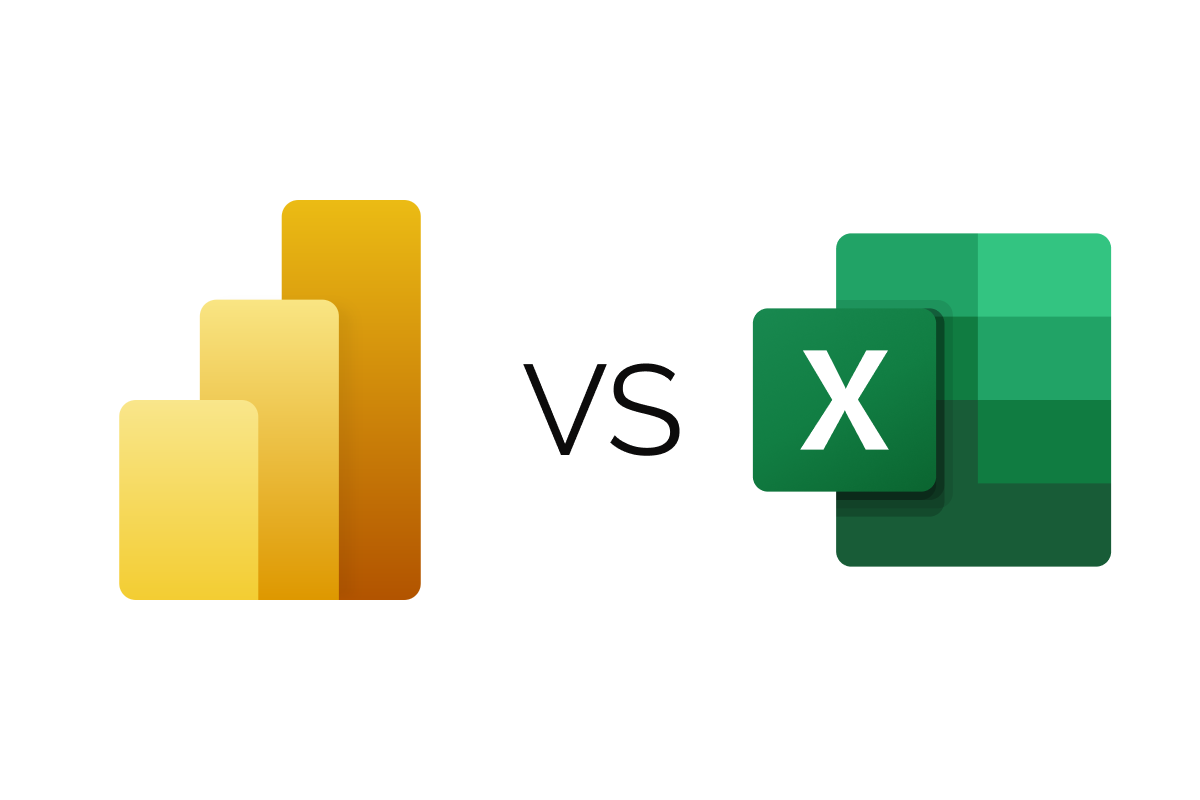Explore Our Insights

Leverage Audiences for Flexible Report Sharing within Power BI Apps
When a report creator is ready to publish a report to the Service, they need to select a corresponding Workspace where the report will be housed. It’s best practice to create workspaces by subject matter, or data domain.

Optimize Your Power BI Ecosystem with Dynamic Report Refreshes
One of the fundamental features of the Power BI Service is the ability to schedule report refreshes to avoid manual intervention.

Advantages of Power BI over Excel
Although Power BI and Excel are both part of the Microsoft family and used for data processing and analysis, they have varying capabilities. For advanced data analysis, integrating multiple data sources, real-time updates, and creating more visually appealing dashboards, Power BI reigns supreme.

Data Ideology Achieves Google Cloud Partner Certification
Data Ideology Achieves Google Cloud Partner Certification, Expanding Strategic Partnerships and Enhancing Certified Skillsets to Better Serve Clients.

Unlocking the Power of Data: The Role and Impact of Data Science Consultants
Data science consultants help organizations leverage data for strategic decisions and operational efficiencies. They align data strategies with business goals, enhance decision-making, optimize operations, and uncover hidden opportunities.

The Ultimate Guide to Developing a Cloud Migration Strategy for Data and Analytics
Migrating data and analytics to the cloud offers scalability, cost-efficiency, enhanced performance, and better collaboration. This strategic move helps organizations manage large data volumes, leverage real-time analytics, and drive innovation, ensuring long-term growth and a competitive edge.

Building a Winning Data Strategy Framework: Essential Elements and Practical Steps
A robust data strategy framework is essential for leveraging data to drive innovation, enhance decision-making, and gain a competitive edge. Without it, organizations risk missing out on the full benefits of their data.

Top 7 Data Warehousing Solutions: Features, Benefits, and How to Use Them Effectively
Selecting the right data warehousing solution is crucial for effective data management and analysis. This article reviews top options like Databricks, BigQuery, Snowflake, Azure Synapse, Cloudera, Redshift, and Hive, helping organizations improve scalability, performance, and cost-efficiency.

Establishing a Robust Data Infrastructure for AI Implementation
The initial step towards integrating AI into your organization’s operations involves a comprehensive analysis of your current data ecosystem. This process is not just about identifying what data you have but understanding its readiness to support AI initiatives.

Integrating Power BI with Other Microsoft Tools
In today’s data-driven world, businesses constantly seek ways to enhance their analytics and reporting capabilities. Microsoft Power BI, a leader in business intelligence (BI), offers powerful data visualization and analysis features that can transform raw data into actionable insights.

Power BI and Real-Time Analytics: Transforming Data into Instant Insights
Microsoft’s Power BI has emerged as a powerful tool, offering capabilities that transform raw data streams into actionable insights, visualizations, and dashboards. This blog post explores how Power BI leverages real-time analytics to empower businesses, the technical underpinnings that make it possible, and best practices for harnessing this powerful feature.
